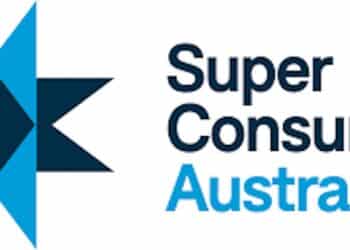Aaron Dunn, chief executive of Smarter SMSF, said in a recent webinar that there has historically been a gap in the provision of available SMSF compliance documents generally, particularly as pensions have evolved.
“We know from a retirement income covenant point of view and the fact that the government right now is spending a lot of time and focus on retirement and, in particular, the legislating the objective of super as well, that the SMSF sector is quite mature in terms of retirement income streams, and the strategies that take part inside that phase of the superannuation life cycle,” he said.
“Now, the reality of that, however, is that there has become a much greater focus on the documentation that is required around pension phase, and a lot of that is naturally to manage the various legal and compliance risks that we see in the SMSF sector.
“And you’ve only got to go back a decade or so when we saw within our SMSF software the ability to produce templates like binding death benefit nominations.
“If you look today, those types of things now no longer exist – being able to produce those things from your software – because of the legal and compliance risks that we’ve seen through various case law.”
He said this is now the same issue that is starting to present itself with respect to the payment of superannuation income streams.
“I think the reality is we will see a case in the future that will challenge the effect of a reversionary pension and whether it is on foot or not, and therefore whether the pension would continue or it would be lifted to the discretion of the trustee,” he said.
“All because of the fact as to whether the pension on foot was actually established correctly, and therefore the reversionary is legally binding on the trustee to continue in its own right.”
He continued that, like the legal decision made in relation to binding death nominations, the courts will look at not only the data itself but also the form in which that nomination has been provided and the procedures that need to be followed to ensure that it occurs.
“What we have historically seen is a heavy reliance on SMSF software providers to support practitioners with these templates, but the reality is that there is little or no alignment to the fund’s governing rules, and therefore, it naturally asked the question, does that pose a risk to the client and the potential estate planning outcomes, and does that, therefore, pose any risk and challenge to the organisation that is doing that work for the client as well?” Mr Dunn said.
Many firms, he said, have tried to overcome this by creating internal templates for pension documentation and investment treaties, as well as a range of other things.
“A lot of that is because of the alignment to the deed that they actually provide,” he said.
“So the issue here may be far less about the technical ramifications, but more about how do we practically make sure that we keep this up to date?
“How are we ensuring that it’s an efficient way of doing things?
“There are providers out there that require an agreement, a contract between the trustee and the member around the commencement of the income stream quite clearly, that’s been drafted in a way so that you produce and prepare the documentation supporting the payments that meet that obligation.
“First and foremost, be very clear and understand what the deed says and the form that it is in to be an acceptable method to validate that the pension can actually be paid that way and is on foot.
“Then what we need to do is to understand what does the law talk about around when a pension commences and ceases.
“[This is] Tax ruling 2013/5 about when an income stream commences and ceases, and what it says here around the commencement of an income stream is that it must be determined by reference to the terms and conditions of the income stream as agreed to by the trustee and the member, the rules of that income stream as set out within the governing rules.
“So we need to ensure that there is agreement between the parties, we need to ensure that it is appropriately documented in the conditions of the income stream, and we need to make sure that it aligns to the data itself.”



The deed generally just says what pensions can be paid. There isn’t really reference to the terms of the pension other than it can be reversionary if the member wants and sometimes the order of how death benefits are dealt with ie a BDN first, Reversionary second etc. The terms are included on the pension documentation.